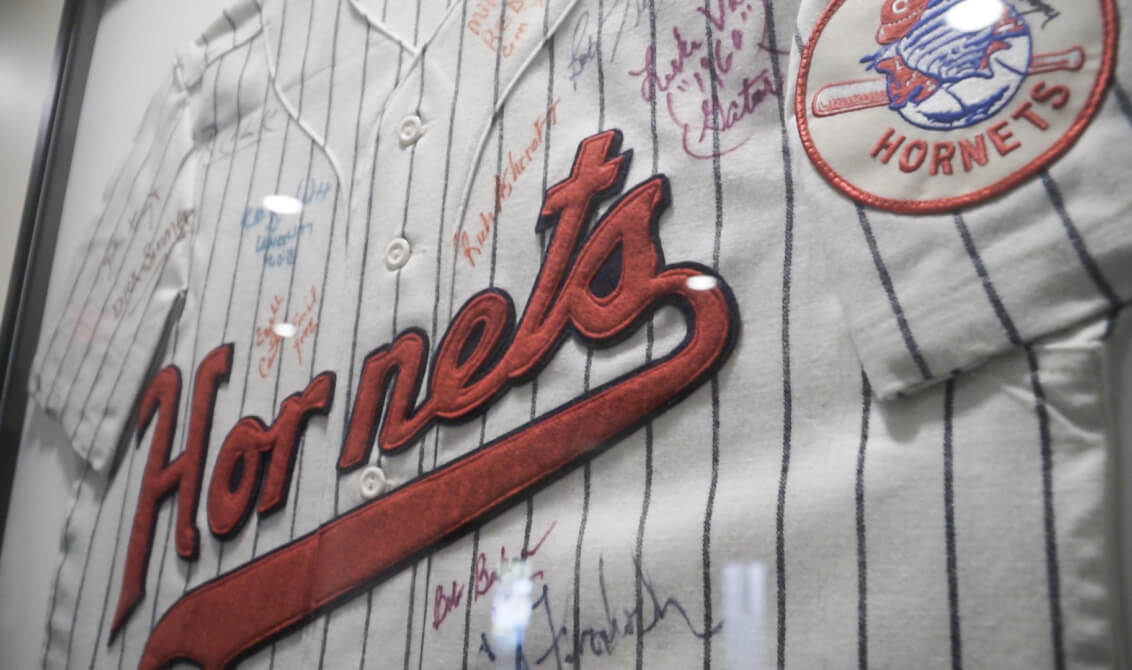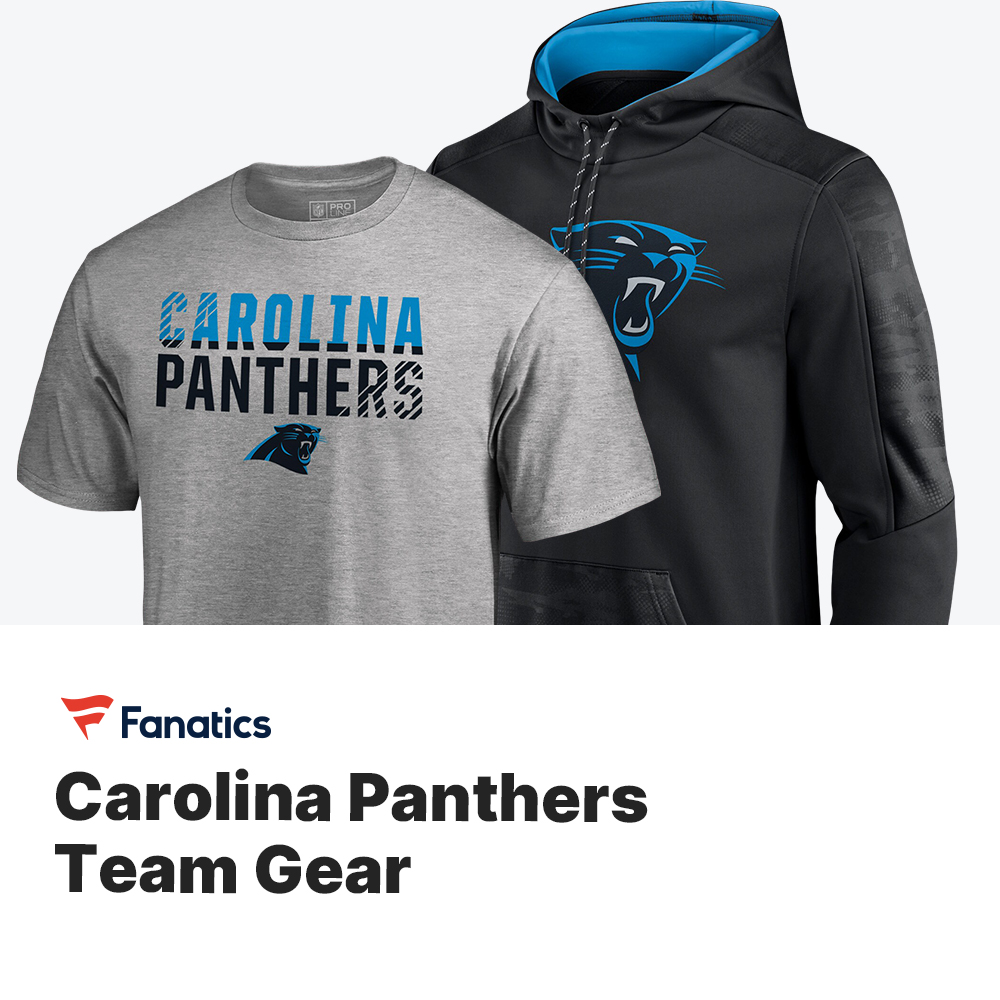By Pooja Pasupula
August 23, 2018
Of the many minor league teams dotting the East Coast, the Charlotte Knights have engraved a compelling and tumultuous story in the history of baseball here in the Queen City. While some may think baseball is a recent addition to the city, it has a long history in Charlotte that stretches back 100 years.
In 1892, a minor league team under the name the “Hornets” played in the 19th century South Atlantic League for a season. In 1901, an American minor league baseball franchise was officially founded and coined the name “Charlotte Hornets.” This “Hornets” phrase came from Charlotte’s widely known vicious resistance in the Revolutionary War against British occupation, in which British Commander Lord Cornwallis spoke of the city as “a veritable nest of hornets.” The franchise was the first to make use of the phrase in association with the city.

They started out in the Class-C Virginia-North Carolina League and scrambled up the ranks until their final year in the Class-AA Southern League. Within this era, they managed to snatch 11 league titles, and were recognized as one of the 100 greatest minor league teams of all time in 1931 and 1951 by the National Baseball Association. During this time period they were also an affiliate of the Washington Senators (and their 1960’s successor, the Minnesota Twins) between 1937-1942 and 1946-1972, but by the end of their run they were barely breaking even and attendance numbers had dropped significantly. The Charlotte Hornets then disbanded entirely, leaving professional baseball all together nonexistent in Charlotte for roughly three years from 1972-1975. The once iconic stadium, Calvin Griffith Park, sat barren in what is now known as the Dilworth area of Charlotte and rapidly deteriorated. As a result of this, Charlotte wrestling promoter Jim Crockett and his family bought the Asheville Orioles, an AA affiliate of the Baltimore Orioles in 1976, and renamed them the Charlotte Orioles. Crockett essentially carved out a whole new team entirely for Charlotte. He then refurbished the stadium and renamed it to Jim Crockett Memorial Park.
The Orioles, strictly called the Charlotte O’s after the first season, won the the Southern League titles in 1980 and 1984. But, on March 17, 1985, an arsonist destroyed the wood-framed Crockett Park with a massive fire after a high school baseball game. The Crockett family did build a makeshift stadium (later renamed Knights Park) following this which served as the O’s home for three more years, but the vibe was never quite the same. The team was eventually bought from the Crockett family in 1987 and renamed the Charlotte Knights by George Shinn, founder of the NBA Charlotte Hornets, who moved the team to Fort Mill, South Carolina. Housed in a new stadium called The Knights Castle, the team went through many different affiliations, from the Cleveland Indians (1993-1995) to the Florida Marlins (1996-1997), before eventually settling under the Chicago White Sox in 1998, who they’ve been affiliated with ever since. The Knights finally moved back to the home of their Charlotte roots in 2013 when the BB&T Ballpark was built uptown.
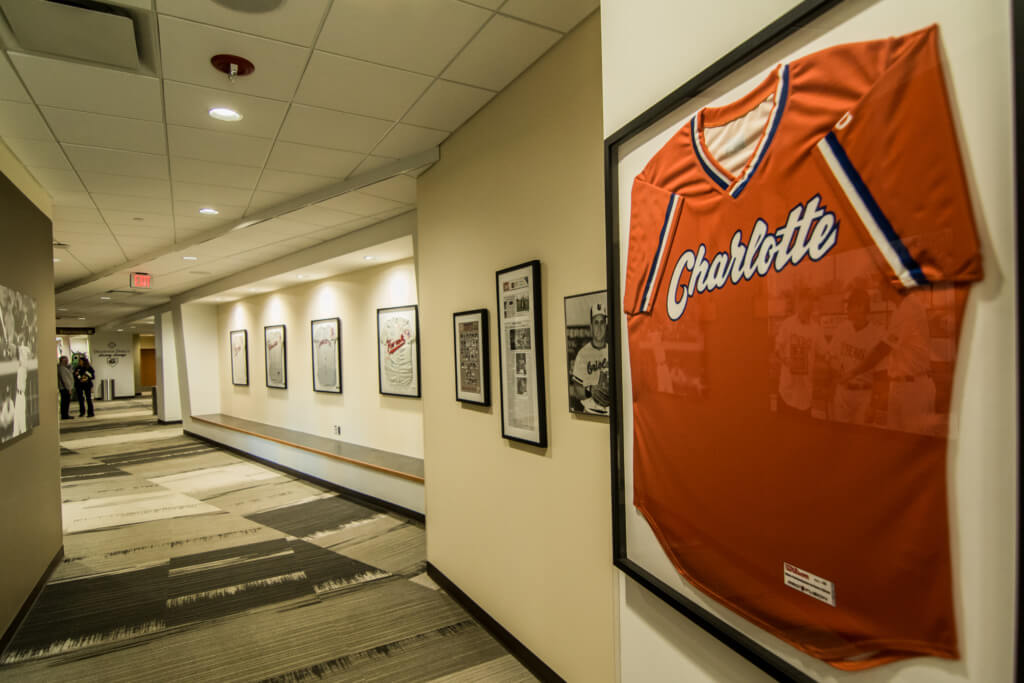
Getting the Uptown ballpark built and moving the Knights back to Charlotte was no easy or ordinary feat though, as voiced through the teams Chief Operating Officer Dan Rajkowski. There was a profusion of obstacles to face, despite there being a massive economic need and community sentiment to get the team back in Charlotte.
“There was a drive and there were a group of people in this community that had the vision, but the problem was how to get it done,” said Rajkowski, who joined the team in 2005.
The post-2000s climate during which Rajkowski started the battle to bring the Knights back was marred with many “anti-sports funding attitudes” among the federal government, with officials thinking “Why would we build a building for a billionaire?” A referendum was held in 1999 in support of the NBA, cultural arts, and Minor League Baseball, but was eventually voted down.
The team struggled in Fort Mill due to the rural area in which the Knights Castle was situated. It wasn’t raking in a substantial amount of money and it wasn’t bringing much benefit to anything. “While it had a nice run back in the ‘90s, it was clearly put in a location where nothing else was surrounding it,” said Rajkowski. “Here, we knew the closer you get to center city and to the people the more successful you’ll be.”
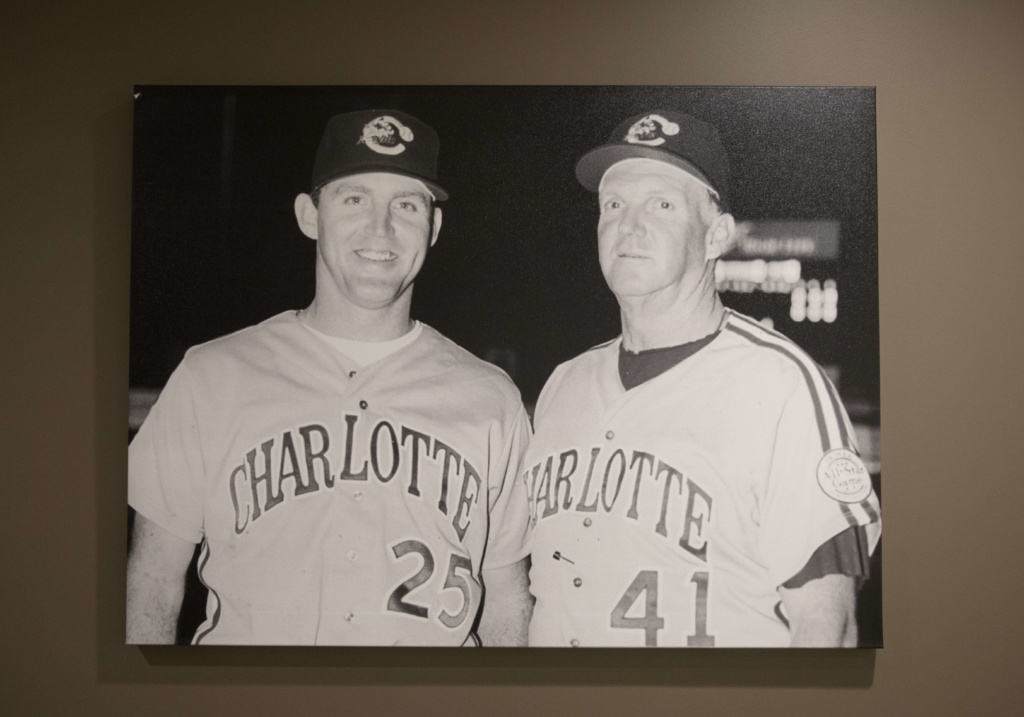
In addition to the referendum, the Knights faced lawsuits and federal funding cuts. A part of the project’s funding involved the New Markets Tax Credits, which was supposed to offer money for the development of the area. The federal government inevitably took this away and cost the Knights three million dollars off their project. There were also numerous lawsuits posed against the team, city, and county. Some of these were filed by an attorney who wanted to make Major League Baseball come to Charlotte instead.
The Knights fought these lawsuits in the heart of the recession, which slowed the entire project down for at least two years, on top of waiting for appeals. In this time, Rajkowski sat out and renegotiated the lease in Fort Mill.
These setbacks ended up helping the Knights in the end though. The second set of lawsuits and the appeals forced Rajkowski to wait until the recession was over to secure the stadium. Had the Knights tried to open the ballpark “in the heart of what we think is going to be the biggest recession of our lifetime,” they would have failed completely. “We would not have been able to get those partners to be able to put that money in,” said Rajkowski. “And you wouldn’t have companies buying season tickets, because everybody was hurting.”

Rajkowski eventually succeeded in getting the Knights back in Charlotte by creating more lucrative and innovative ways to market the team. Moving the Knights was a business relocation from South Carolina to North Carolina, which meant new taxes, new jobs and a brighter economic impact in North Carolina. Rajkowski took a model of saying “forget that we’re a baseball team for a while, we’re a team that’s going to generate approximately 40 million dollars in economic impact each year.” The Knights were projected to to generate over 100 million dollars throughout the first year of construction so Rajkowski “made it a numbers thing.” Rajkowski and the organization performed an array of studies, put the numbers together, and started presenting it to the city and county. “Take this as a business,” said Rajkowski. “Find out a way so that you’re not taking money from schools and education, cause that’s the thing that people look at, our roads are deteriorating and you’re building up a 100 million dollar building.”
The county and Rajkowski got a business development grant from Mecklenburg County and an economic development grant from the City of Charlotte. Together, the grants helped them pay the debt service on the establishment. Since the economic development grant money was for hospitality and tourism, they used that on entities that created jobs, tourism and economic development.
“I took a long time to get that because I went through three or four mayors and three or four county commissions. There were a lot of different people and you have to start all over again each time and re-educate,” said Rajkowski. “But I’m glad I took the approach because I don’t think we’d be sitting here today if I took another one such as ‘Hey it’s good you know, you bring the mascot out and the players are great and you go to the schools.’ That wouldn’t work. The economics of it gave the back up to this.”

After reshaping their approach, Rajkowski and the county sealed the deal and gained the support needed for politicians to advocate for the Knights by getting four major corporate partners to say they were vested in the project. These corporations were BB&T, who acquired the naming rights, Piedmont Natural Gas, Carolinas HealthCare, and Duke Energy. These corporations signed on to a long-term vision of the Knights which gave the project credibility because it showed that they believed in it. “When they say, look this major bank is behind these guys, we can be behind them even if they were doubting that they’re going to draw $600,000 or whatever,” said Rajkowski. “But these companies were putting their money on it. Without one of those pieces of the puzzle it wouldn’t have worked.”
The impact of the Knights stadium has shaped Charlotte exceedingly. Traditionally, Minor League Baseball is family oriented, it’s the “mom and dad taking the kids Sunday afternoon,” but the social setting of the ballpark has brought in a younger demographic. “We’re right in the center of the energy of the city,” said Rajkowski. “You know the major sports are in the city for the most part and with it, the number of apartments and condos that are growing. These people are basically looking out the window and saying there’s a game tonight let’s go down and buy a standing room only ticket, and they’re doing it. They’ll do it at eight o’clock when the game started an hour before.”
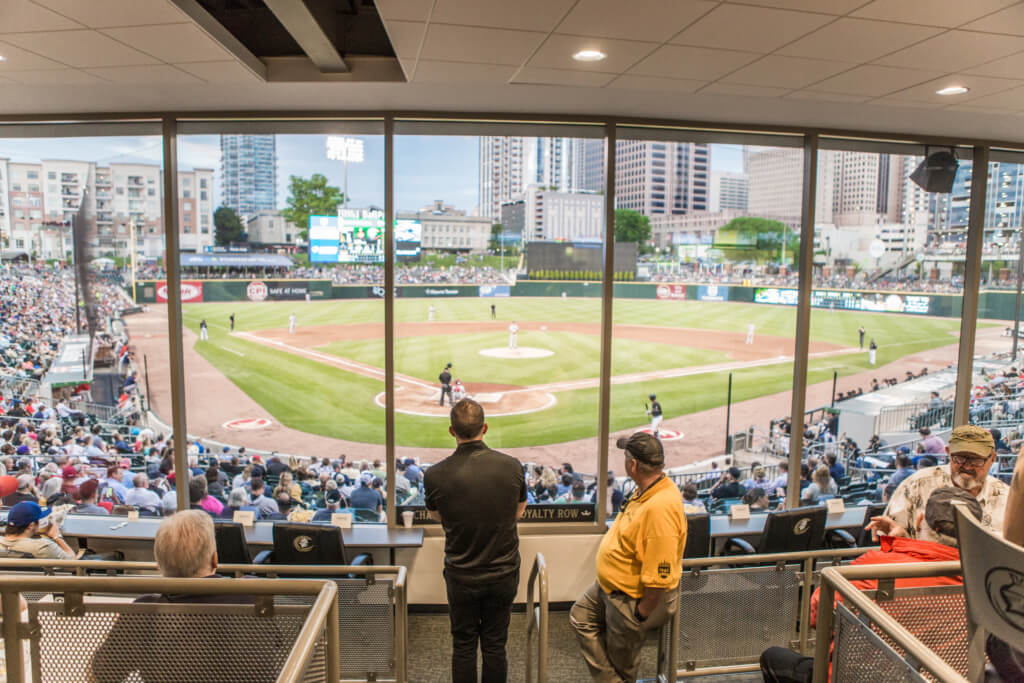
The Knight’s stadium has helped to change the Third Ward entirely, with many companies and buildings actively going up around it since it was built. Baseball itself has grappled through much turbulence over the course of its history in Charlotte. From dismantled teams, through change in ownerships, traversing across an array of different stadiums, many battles fought with politicians and business sponsors alike, it appears that baseball has finally planted its’ feet into the ground for a permanent stay, and found a place to call its’ home base for a long time.
Read next:
